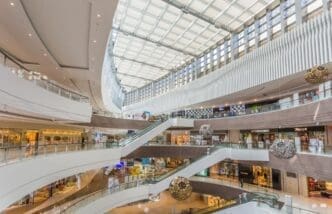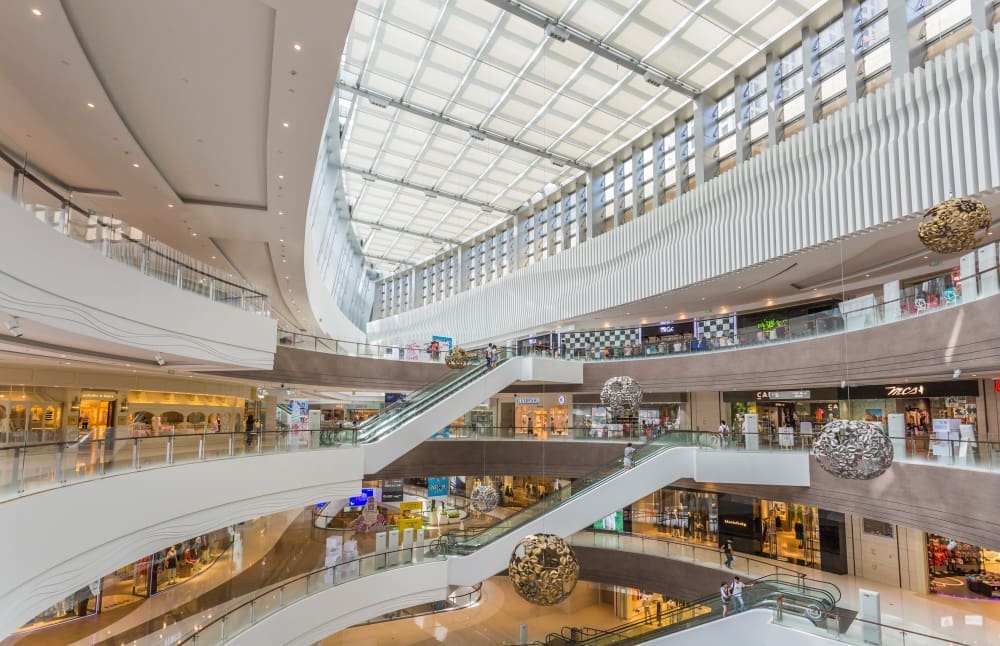The classic design of malls, once dominated by major department stores, is being reimagined to meet the evolving preferences of modern consumers. With the rise of e-commerce, these traditional brick-and-mortar spaces suffered a decline as shoppers leaned towards the convenience of online purchasing. However, there’s a renewed focus on creating spaces that offer more than just shopping. Consumers are increasingly drawn to experiences and value, prompting developers to overhaul the retail landscape.
The new vision for malls incorporates a ‘live, work, play’ model, integrating various elements such as apartments, dining, fitness centers, and healthcare facilities. This concept aims to not only boost foot traffic but also enhance the dwell time, or the duration shoppers spend at these locations, by providing a diverse range of activities and services.
According to retail expert Ray Wimer, these new configurations are designed to engage younger consumers by combining entertainment, dining, and residential options within the mall’s ecosystem. Only a small percentage of malls remain at ‘A-level’ status, achieving over 400 sales per square foot annually. These are faring well, yet numerous others must innovate to survive.
The incorporation of residential spaces is a significant trend, with approximately 54% of mixed-use developments including housing. This integration of living spaces tends to attract younger professionals and empty nesters who seek the convenience of having amenities close by. For instance, the Moorestown Mall replaced its previous Sears store with a Cooper University Health Care facility, featuring a three-story outpatient center due to complete soon. Similarly, plans are underway for a new residential complex at Seattle’s Northgate Station mall, which will also include medical services.
Such mixed-use developments appear more responsive to contemporary urban living, offering an environmentally friendly alternative that lessens reliance on cars. Shlomo Angel, a city planning professor, highlights that these environments encourage walking and biking, supporting a more sustainable lifestyle.
Meanwhile, critics voice concerns about potential drawbacks, including increased traffic congestion and strain on existing infrastructure. Community pushback is not uncommon, with residents wary of the changes mixed-use developments might bring to their neighborhoods. There is also the issue of privacy for residents living within such bustling environments.
However, proponents argue that these developments can reduce a community’s carbon footprint and bring vibrancy to otherwise declining retail spaces. They emphasize the importance of adaptive reuse of land and buildings, transforming them into integrated community assets rather than remaining under-utilized commercial relics.
The attempt to rejuvenate malls by mixing residential, commercial, and community functions signifies a dynamic shift in urban planning, guided by consumer demand for versatility and convenience.
The reinvention of the American mall as a multifunctional space is part of a broader trend in urban development, driven by consumers’ evolving lifestyle demands. This shift reflects a balance between adapting to new economic realities and enhancing community life.








